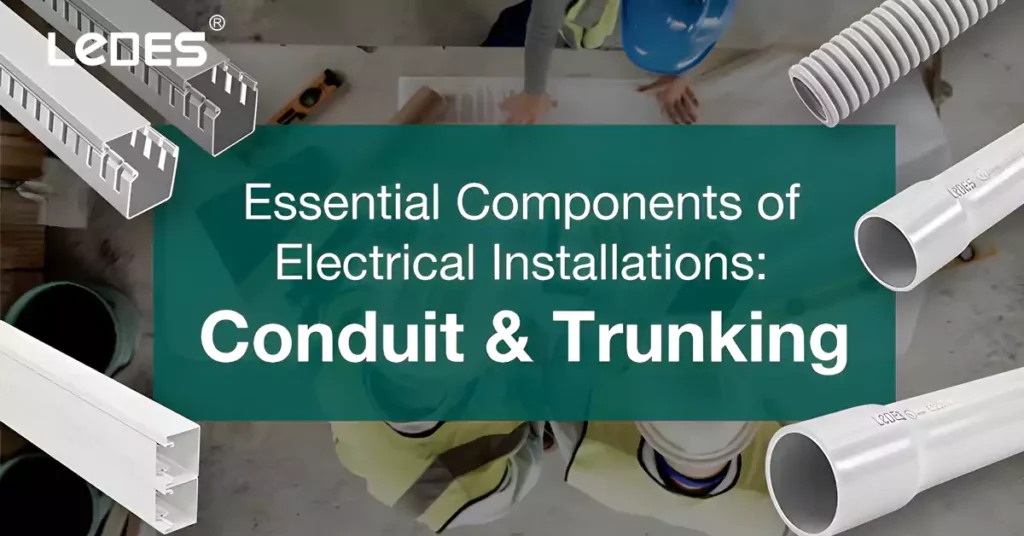
目录
在现代电气安装中,导管和线槽在为电线提供安全有序的路径方面发挥着至关重要的作用。这些组件不仅可以保护电线免受物理损坏,还可以提高电气系统的整体效率和可靠性。本文全面概述了导管和线槽,重点介绍了它们在电气安装中的重要性和应用。
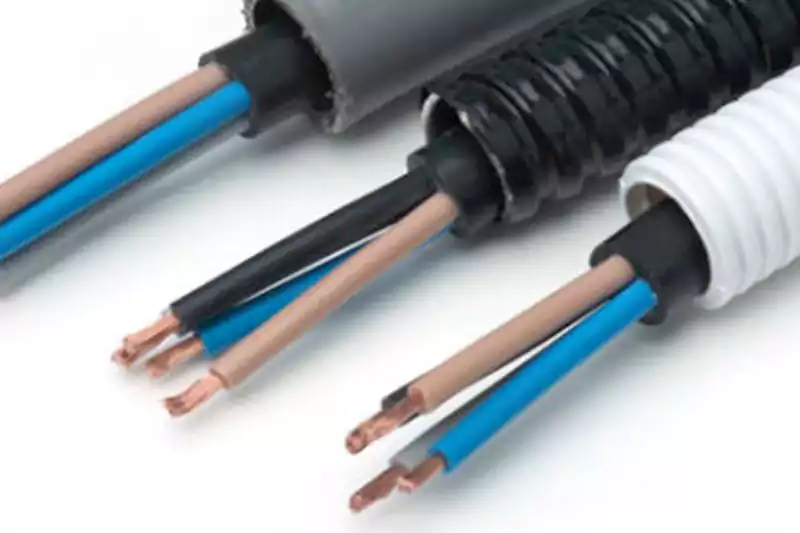
导管是指一种保护性通道或管子,用于封闭电缆,提供屏蔽以抵御外部元素并防止意外接触电线。导管有多种类型,例如刚性导管和柔性导管。刚性导管通常由金属或 PVC 制成,具有更高的机械强度,常用于工业环境。另一方面,柔性导管通常由 PVC 或金属涂层材料制成,在弯曲或振动较大的区域具有灵活性和易于安装的特点。
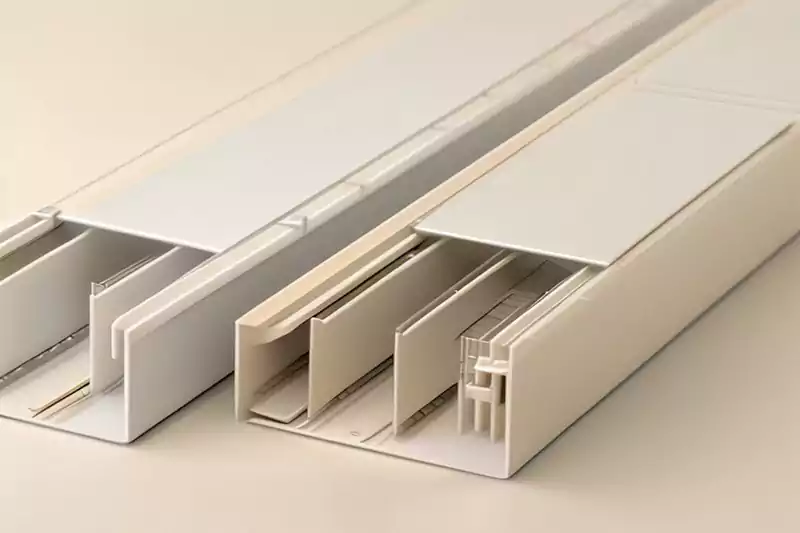
线槽,也称为电缆槽道或电线管道,是一种封闭的通道系统,用于容纳电缆,以便有组织地布线和保护。它由一个底座和一个盖子组成,可以轻松打开以进行电缆安装或维护。线槽有不同的尺寸和形状,例如矩形、正方形或圆形,以适应各种电缆尺寸和数量。它通常由 PVC 或金属等材料制成,具有耐用性和电绝缘性。
线路保护: 导管和线槽的主要用途之一是保护电线免受物理损坏、潮湿、化学物质和其他外部因素的影响。通过将电缆封闭在保护外壳内,这些组件可最大限度地降低短路或电击等事故的风险,确保人员安全和电气系统的完整性。
组织和整洁: 导管和线槽有助于实现井然有序、美观的电气安装。它们可以系统地布线,防止杂乱和混乱。这种有组织的方法简化了未来的维护或故障排除活动,节省了时间和精力。
符合标准: 导管和线槽在满足电气规范要求和行业标准方面发挥着至关重要的作用。这些标准规定了导管和线槽的类型、尺寸和安装方法,确保电气安装的统一性和一致性。遵守这些标准对于遵守法规以及确保电气系统的安全性和可靠性至关重要。
灵活性和适应性: 导管和线槽系统可灵活适应电气系统的变更或添加。它们允许轻松重新布线或扩展线路,而无需进行大量修改。这种灵活性使导管和线槽适用于住宅和商业应用,在这些应用中,修改和升级很常见。
导管是一种保护通道或管子,用于封闭电缆,提供安全通道和绝缘。其主要目的是保护电线免受物理损坏、潮湿和环境因素的影响。通过容纳和屏蔽电缆,导管可确保电气系统的安全性和使用寿命。
导管有多种材质可供选择,每种材质都有不同的特性,适合不同的应用。常见材料包括:
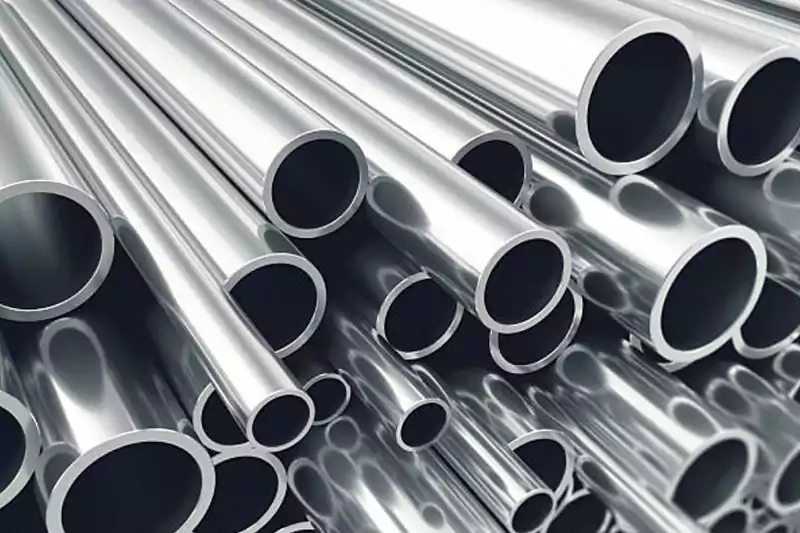
刚性金属导管(RMC): RMC 由钢制成,以其高机械强度和耐用性而闻名。它通常用于需要强大保护的工业和商业应用。
电气金属管(EMT): EMT 由镀锌钢或铝制成,是一种轻便且经济实惠的选择。它通常用于住宅和商业应用。
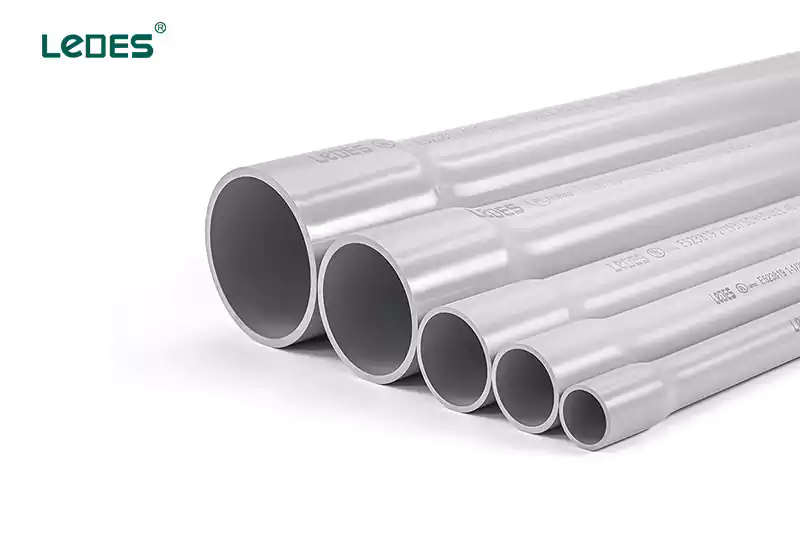
聚氯乙烯 (PVC) 导管: PVC 导管 由于其出色的耐腐蚀性、价格实惠和易于安装,因此是一种受欢迎的选择。它有不同的规格(厚度),通常用于住宅、商业和工业应用。
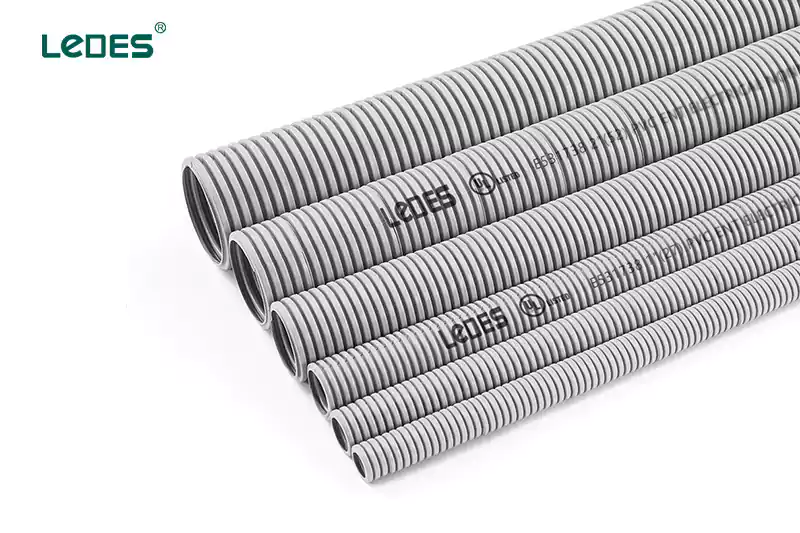
柔性金属导管(FMC): FMC 由螺旋缠绕的金属带和柔性 PVC 涂层组成。它具有多功能性,并且易于安装,适用于需要灵活性的区域,例如急弯或振动区域。
液密柔性导管 (LFMC): LFMC 是一种具有防液涂层的柔性导管,适合用于担心接触液体或湿气的区域。
电气非金属管: 电气非金属管(ENT),由 PVC 制成,也称为 柔性导管 或塑料导管,是一种用于保护和布置建筑物内电线的电线导管。
在美国和加拿大,导管(尤其是 PVC 导管)的安装必须遵守特定的标准和法规。美国的国家电气规范 (NEC) 和加拿大的加拿大电气规范 (CEC) 提供了导管安装指南,涵盖了导管尺寸、布线、支撑和接地要求等方面。这些规范确保了统一性、安全性和符合电气法规。
PVC 导管是市场上最受欢迎的导管,最常用的 PVC 类型(如硬质 PVC 导管和非金属管)应符合以下要求:
在美国:UL651、UL1653、NEMA TC-2
加拿大:CSA C22.2 No.211.2、CSA C22.2 No.227.1
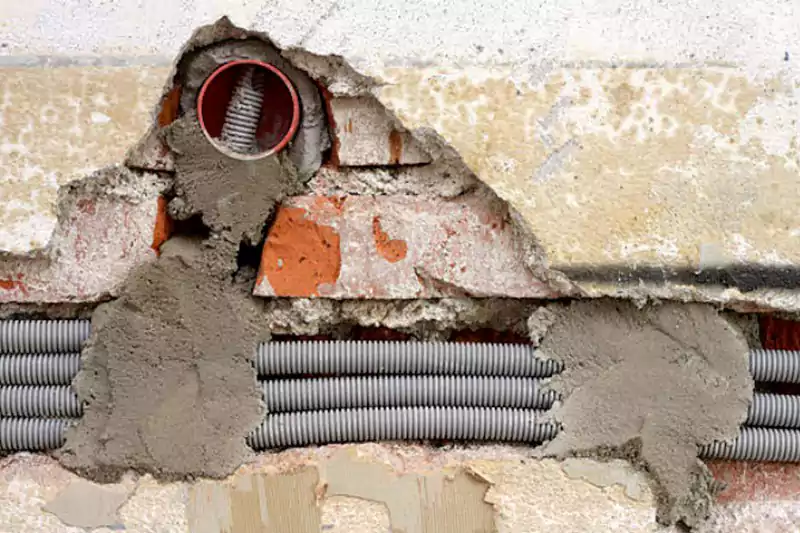
导管可用于各种电气装置,包括:
墙壁、天花板和地板内的隐藏布线。
照明设备、插座和开关的接线。
户外电气装置,例如景观照明。
商业建筑、办公室和零售空间的布线。
工业机械设备配线。
危险场所,导管可提供针对易燃或易爆环境的额外保护。
- 防止物理损坏、潮湿和环境因素。
- 通过降低触电或短路的风险来增强安全性。
- 组织整齐,简化维护和故障排除。
- 为未来电气系统的修改或升级提供灵活性。
- 遵守电气规范和规定,确保安全和法规合规。
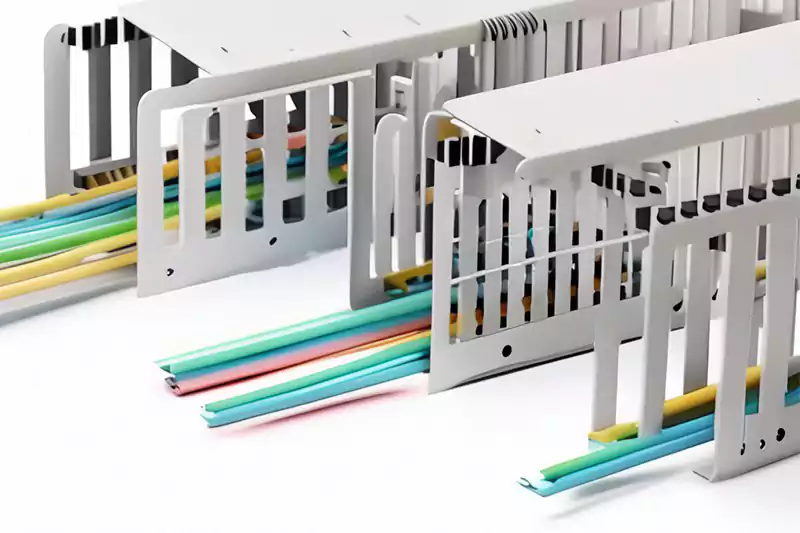
线槽,也称为电缆槽道或电线管道,是一种封闭通道系统,用作电缆的保护管。在大多数情况下,它呈矩形或正方形,并带有可拆卸的盖子。其主要目的是以整洁高效的方式组织和布线电缆,确保电气系统的安装、维护和故障排除方便。线槽在为电缆提供安全有序的环境方面发挥着重要作用,最大限度地降低了电缆损坏、缠绕或意外接触的风险。
电缆槽,也称为电缆管道,是一种专门用于保护和布线电缆的线槽。它有各种尺寸和材料,如 PVC、金属或复合材料,以适应不同的电缆容量和环境条件。电缆槽通常用于住宅、商业和工业环境,为电力、数据或通信电缆创建有组织的路径。
照明线槽专为安装照明设备而设计。它为将电源线和控制线布线到多个照明点提供了一种方便且有组织的解决方案。照明线槽通常具有预制部分,并带有灯具的集成安装选项,从而简化了安装和维护。它通常用于商业建筑、零售空间和大型照明设施。
母线槽(BBT) 是一种用于在建筑物和工业设施中分配电力的线槽系统。它由一个金属外壳组成,其中装有多个母线,母线是用于传输电力的导体。BBT 为配电提供了一种紧凑而高效的解决方案,减少了对长电缆和单独布线的需求。它通常用于需要供电高功率负载(例如照明、机械或 HVAC 系统)的应用中。
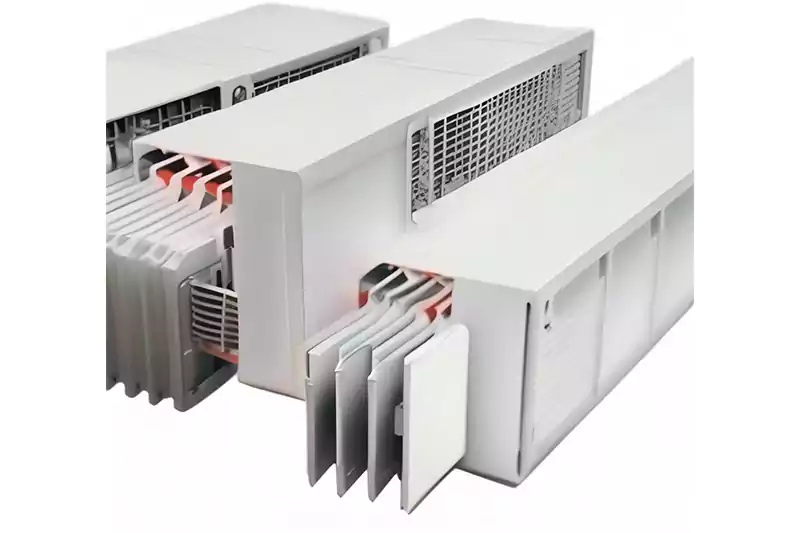
多隔间线槽的特点是单个外壳内有独立的隔间或通道。每个隔间设计用于容纳不同类型的电缆,例如电源线、数据线或通信线,同时保持它们隔离。这种设计允许在单个线槽系统内分离各种服务,提供整洁有序的解决方案,同时降低不同类型电缆之间干扰或串扰的风险。多隔间线槽通常用于办公楼、数据中心和需要高效布线和管理多种服务的设施。
在网络中,中继是指链路聚合的概念,即将多个物理网络连接组合在一起以提高整体容量和可靠性。这种技术可以提供更高的带宽并提高网络性能。中继可以实现负载平衡(流量分布在聚合链路上)和冗余,即使一条链路发生故障也能确保网络连接不中断。它增强了网络容量并提供容错能力,在数据中心或企业网络等高需求环境中尤其有用。
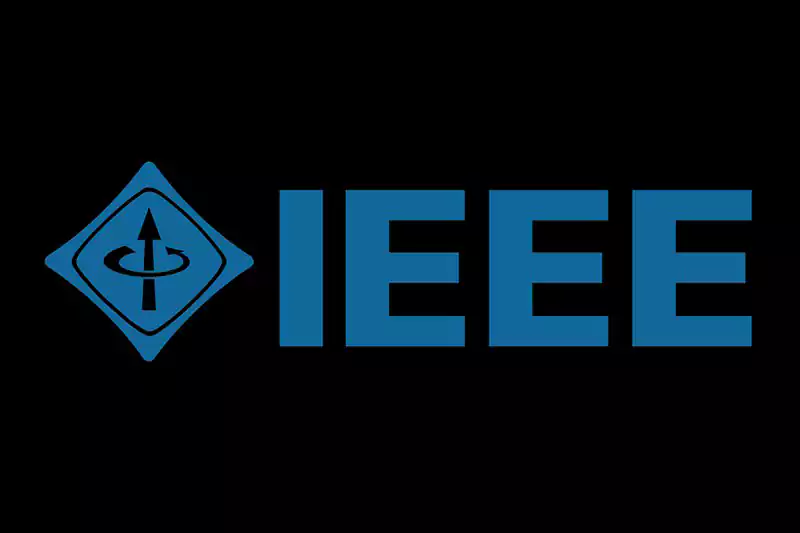
电气和网络环境中的中继技术通常遵循标准和协议,以确保兼容性和互操作性。一些常见的标准和协议包括:
IEEE 802.3ad: 该标准定义了以太网中继的链路聚合控制协议 (LACP),支持聚合链路的动态创建和管理。
虚拟路由器冗余协议 (VRRP): VRRP 是一种网络协议,它通过创建多个路由器可以共享的虚拟 IP 地址来提供路由中的自动故障转移和冗余。
IEEE 802.1Q: IEEE 802.1Q 标准,也称为 VLAN(虚拟局域网)标记,是计算机网络中用于实现虚拟 LAN 的协议。它提供了一种在网络基础设施中识别和分离不同 VLAN 的方法。
集群在不同应用中具有多种优势:
电缆管理: 线槽系统为电缆提供了有序且结构化的路径,最大限度地降低了电缆缠绕、损坏或意外断开的风险。这简化了安装、维护和故障排除过程。
保护: 线槽可保护电缆免受灰尘、湿气或物理冲击等外部因素的影响,确保电气或网络基础设施的使用寿命和可靠性。
可扩展性: 线槽系统可以轻松扩展和修改电缆,以适应系统未来的增长或变化。
安全与合规: 线槽确保符合电气规范和规定,为电缆提供安全的环境并降低电气危险的风险。
效率: 中继简化了电缆布线,节省了安装时间,并通过网络环境中的链路聚合和负载平衡提高了系统性能。
线槽系统提供高效的电缆管理、改进的组织和增强的系统性能,使其成为电气和网络安装中必不可少的组件。
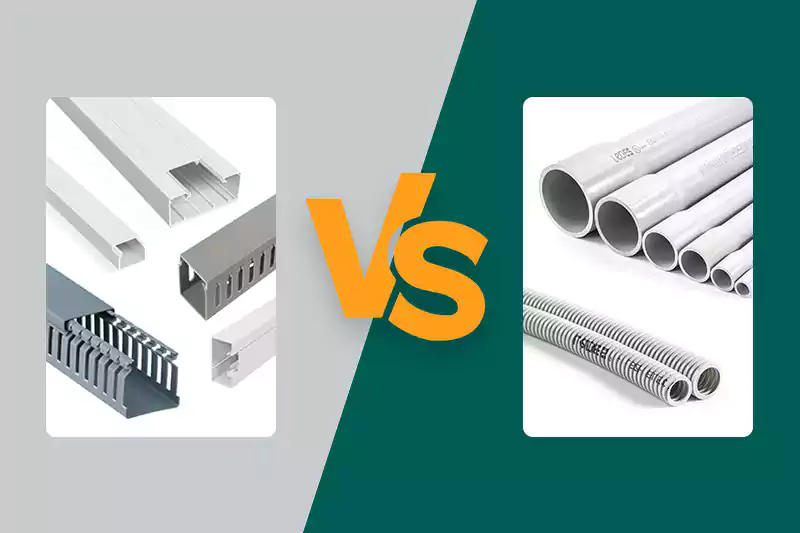
导管是由金属或 PVC 等材料制成的刚性或柔性管状结构。
它的横截面通常为圆形,但也有矩形或方形导管可用。
导管设计用于封闭和保护单根电缆或电线。
它既可用于明装,也可用于隐蔽安装。
线槽是一种封闭的通道系统,由一系列相互连接的部分或隔间组成。它通常是矩形或正方形。
它可以由 PVC、金属或复合材料等材料制成。
线槽旨在容纳多条电缆并为其布线和保护提供通道。
线槽通常用于表面安装或架空安装。
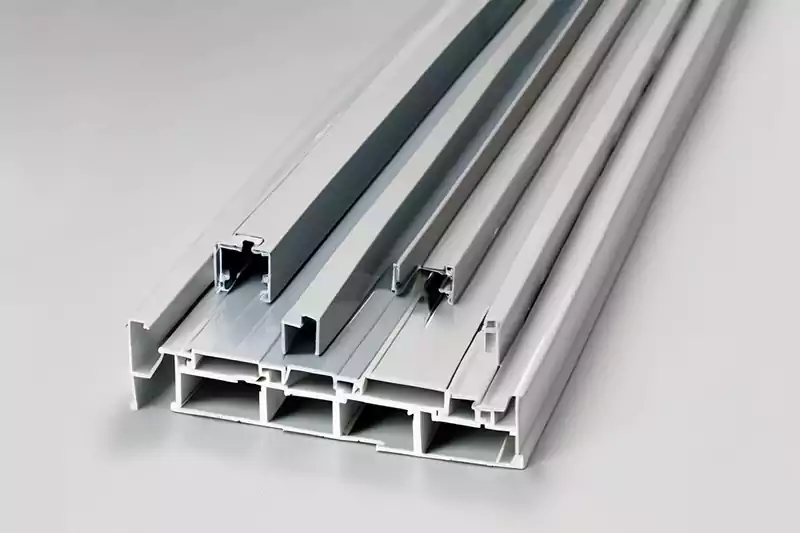
导管安装包括将单根电缆穿过导管或拉动预接线的电缆。
它需要弯曲和切割导管以适应所需的路径。
导管可能需要用夹子或支架固定。
连接导管部分通常需要配件、连接器或联轴器。
线槽安装包括使用支架、夹子或螺丝将线槽部分固定到墙壁、天花板或地板上。
电缆被敷设或插入线槽隔间内。
线槽通常允许通过可拆卸的盖子或接入点轻松访问电缆。
可以使用兼容的连接器或联轴器来连接或延长线槽部分。
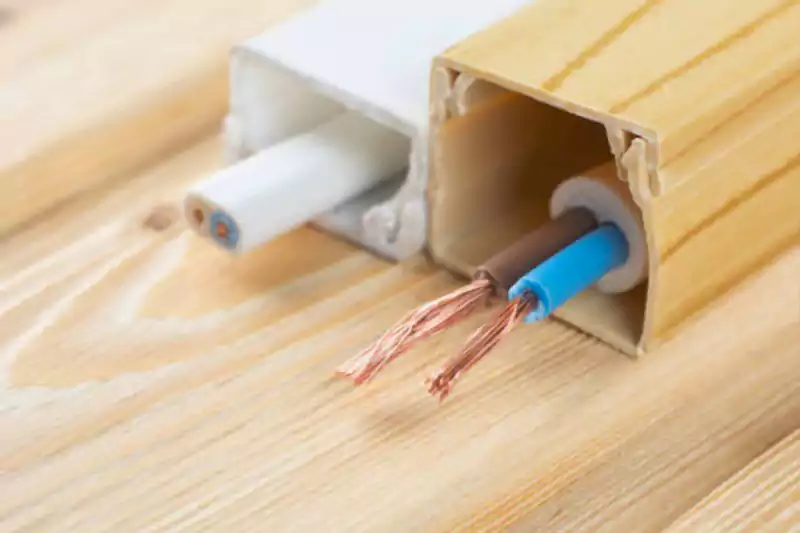
导管通常用于住宅和商业环境。
它适用于需要单独电缆保护和隔离的安装,例如电线、电信或数据电缆。
导管通常用于墙壁、地板或天花板内的隐蔽安装。
线槽广泛应用于商业、工业和机构环境。
它非常适合涉及多条电缆或电线运行的安装,例如配电、数据中心或音频/视频安装。
线槽通常用于表面安装的装置,这种装置中的电缆布线需要可见且易于接近。
由于材料、配件和劳动密集型安装的成本,导管可能更昂贵。
成本可能根据导管类型(刚性、柔性)和材料(金属、PVC)而有所不同。
与导管相比,线槽通常更具成本效益,尤其是对于多条电缆的安装而言。
成本可能根据线槽材料、尺寸和安装的复杂性而有所不同。
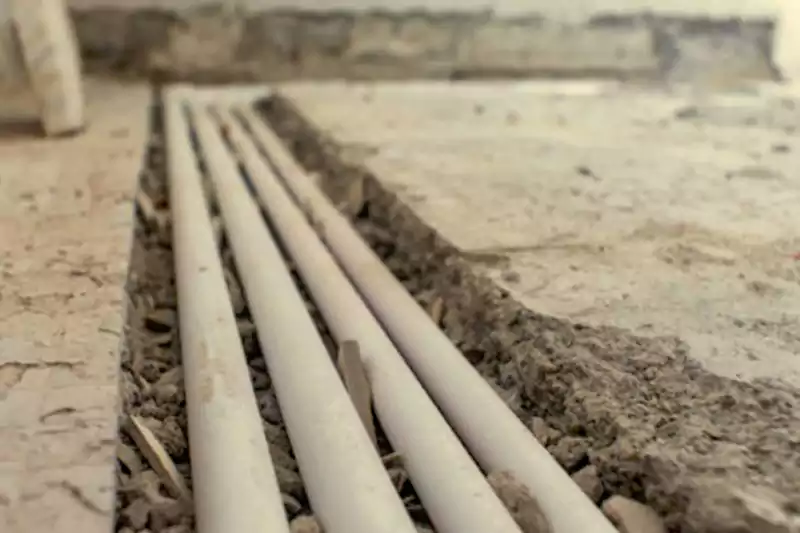
一旦安装导管,对电缆的接入将受到限制,需要拆卸或切割才能进行修改或维修。
由于导管的封闭性质,维护或故障排除可能涉及更多的精力和时间。
通过可拆卸的盖子或接入点,线槽可以轻松访问电缆,从而简化维护、修改和故障排除。
中继允许更轻松地重新配置或添加电缆,而无需中断整个系统。
导管可以更好地防止物理损坏、潮湿和环境危害。
由于使用了材料,它具有更高的耐火性,例如金属导管具有更高的防火性能。
线槽也能提供电缆保护,但与导管相比,其抵抗物理损坏的能力较弱。
耐火性可能根据所使用的线槽材料而有所不同。
在选择导管和线槽时,重要的是要考虑具体的项目要求、法规和预算。电缆数量、安装位置、可达性需求和消防安全要求等因素都会影响决策过程。咨询电气专业人士或对项目需求进行彻底分析将确保在导管和线槽之间做出适当的选择。
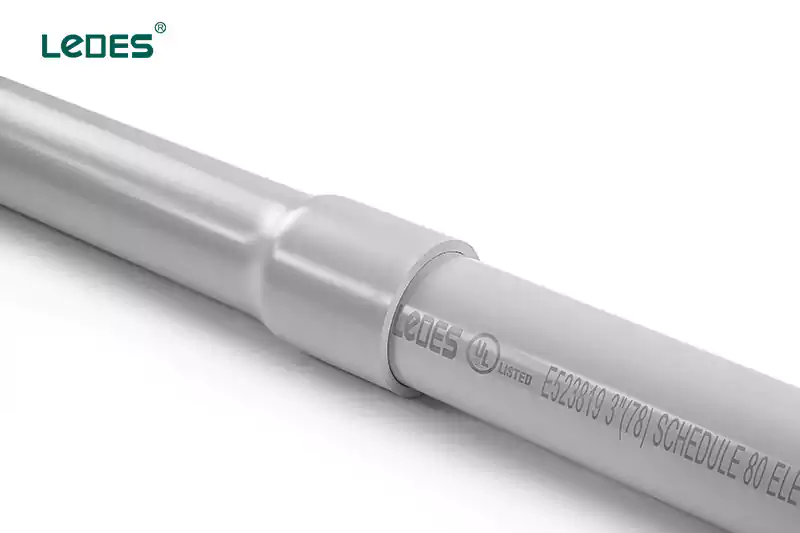
- 规划: 根据应用和当地电气规范确定导管的尺寸、类型(刚性或柔性)和材料。
- 路线规划: 规划出所需的管道路径,考虑障碍物、弯道和所需的接入点。
- 标记: 使用铅笔或记号笔在墙壁、地板或天花板上标记导管的路径。
安装:沿着标记的路径定期安装导管夹或支架以固定导管。
- 切割和弯曲: 使用钢锯或导管切割器将导管部分切割成所需长度。使用导管弯管器在必要时进行弯曲。
- 穿线或拉动: 将单根电缆穿过导管或使用预接线电缆并将其拉过导管部分。
- 加入: 使用适当的配件、连接器或联轴器将导管各部分牢固地连接在一起。
- 接地: 将接地线连接到每个导管部分和接地系统,确保导管系统正确接地。
- 固定和紧固: 使用夹子、带子或紧固件将导管系统牢固固定到位。
- 测试: 进行必要的测试以确保正确安装,例如连续性、绝缘电阻或电压降测试。
- 覆盖: 安装导管盖或配件,以保护导管的裸露末端并确保安全。
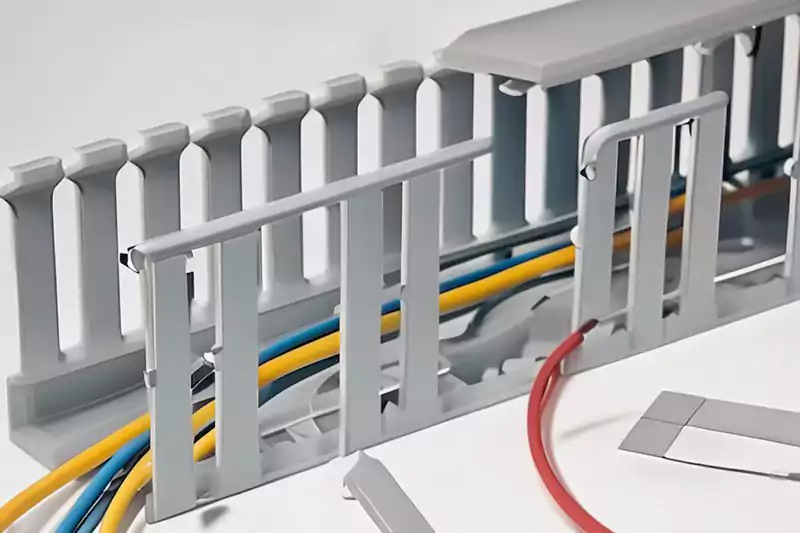
- 规划: 根据要容纳的电缆的数量和类型确定线槽尺寸、材料和配置。
- 路线规划:确定线槽路径,考虑可达性、电缆管理和美观性。
- 安装: 沿着计划的路径,以适当的间隔将线槽支架、夹子或螺丝固定到墙壁、天花板或地板上。
- 切割: 按照制造商的指导,使用适当的切割工具将线槽部分切割成所需的长度。
- 加入: 使用兼容的连接器或联轴器将线槽各部分连接在一起。
- 电缆放置: 将电缆铺设或插入线槽隔间,确保正确的组织和隔离。
- 覆盖: 安装线槽盖或接入点,方便接入电缆,同时确保对电缆的保护。
- 定影: 使用提供的紧固件或夹子将线槽系统牢固固定到位。
- 测试: 进行必要的测试,例如连续性或电缆完整性检查,以确保正确安装。
- 标签: 对线槽部分或隔间进行标记,以帮助识别和维护活动。
- 定期检查: 对导管或线槽系统进行例行检查,以发现任何损坏、磨损或连接松动的迹象。检查是否有腐蚀、凹痕或物理撞击。
- 清洁度: 保持导管或线槽系统清洁,清除任何可能随时间积聚的灰尘、碎片或障碍物。
- 电缆管理: 确保电缆在导管或线槽系统内正确组织和固定,避免过度弯曲、扭曲或拉伤。
- 维修和更换: 及时修理或更换损坏的导管或线槽部分、配件或盖子,以保持系统完整性。
- 防潮: 采取措施防止水或湿气进入导管或线槽系统,例如密封入口点或使用防水垫圈。
- 接地完整性: 定期检查并维护导管或线槽系统内的正确接地连接,以确保电气安全。
- 标签和文档: 保持电缆的准确标签,并记录导管或线槽系统的任何更改或添加,以供将来参考和故障排除。
- 遵守规范和标准: 确保安装和维护实践符合相关的电气规范、法规和行业标准。
定期维护和遵守正确的安装程序将有助于确保导管和线槽系统的寿命、安全性和性能。
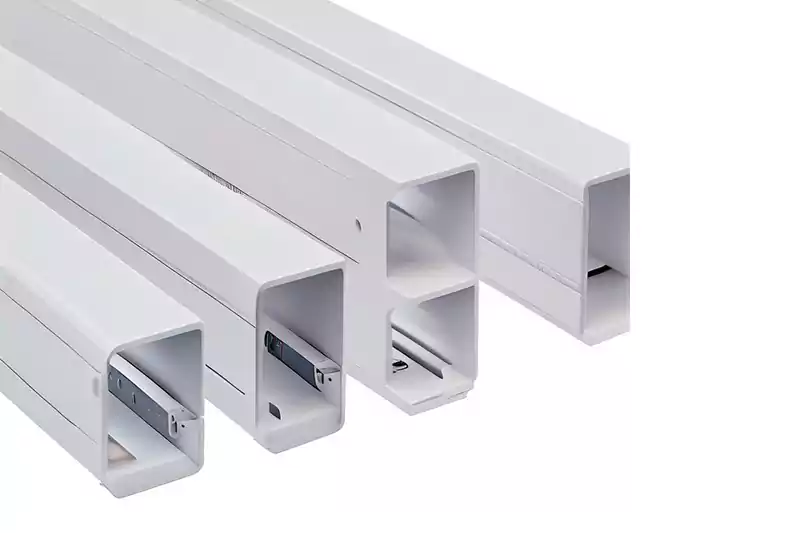
导管通常用于户外和潮湿环境,可防止潮湿和化学物质。它是未来可能发生变更且可轻松更改或移除的安装的理想选择。使用金属导管系统时,导管还可有效减少电磁干扰。
线槽通常用于涉及多条电缆的建筑物、设备和配电场的配电。它在电缆管理方面表现出色,可轻松访问和整理电缆。线槽系统适用于需要高电流分配且美观性很重要的应用。

线槽效率是指线槽系统在高效管理和分配线缆方面的有效性和利用率。它衡量线槽系统在保持有效线缆管理的同时如何优化可用空间和资源。
以下是一些影响集群效率的因素:
电缆容量: 线槽效率受线槽系统容纳特定应用所需的电缆数量和尺寸的能力影响。设计良好的线槽系统应具有足够的容量来处理当前和未来的电缆需求,而不会出现过度拥挤或电缆拥堵的情况。
电缆组织: 高效的线槽系统可确保正确整理和捆扎电缆。这包括使用适当的电缆管理配件(如电缆扎带、夹子或托盘)整齐地排列和布线线槽内的电缆。组织良好的电缆可最大限度地降低缠结、扭曲或阻塞的风险,使维护和故障排除更加容易。
空间利用率: 线槽效率还与可用空间的利用效率有关。精心设计的线槽系统可最大限度地利用可用空间,同时考虑电缆弯曲半径、通风要求和维护通道等因素。高效利用空间可确保线槽系统能够容纳所需的电缆,而不会造成不必要的浪费或过度拥挤。
可扩展性和未来扩展: 线槽效率包括系统扩展和适应未来电缆添加或修改的能力。灵活的线槽系统可以轻松适应不断变化的需求,允许无缝集成新电缆或移除旧电缆。这种可扩展性可最大限度地减少中断和未来大量返工的需要。
可访问性和维护: 高效的线槽系统可轻松接入电缆,从而实现快速便捷的维护、维修或改造。带有可拆卸盖板或接入点的线槽系统简化了添加或移除电缆的过程,减少了停机时间并最大限度地减少了对整个网络或基础设施的干扰。
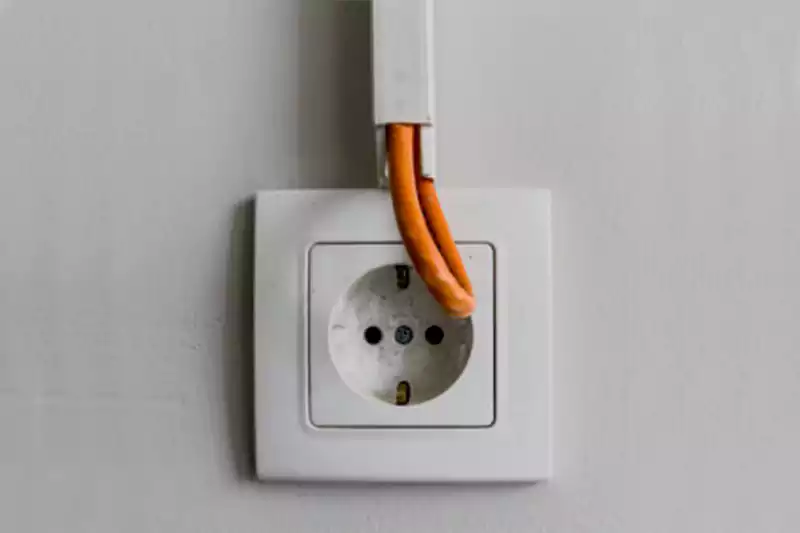
在布线系统设计中,选择电缆托盘还是导管取决于各种因素和项目的具体要求。两种系统都有各自的优点和注意事项。电缆托盘通常更适合管理大量电缆,具有灵活性和成本效益。另一方面,导管提供卓越的电缆保护、EMI 屏蔽和符合某些法规。在某些情况下,可以结合使用电缆托盘和导管系统,充分利用每个系统的优势,用于安装的不同部分。建议在做出决定之前咨询电气专业人员并考虑项目的具体要求和限制。
导管和线槽系统在电缆管理中发挥着重要作用,可提供保护、组织和布线。本文介绍了这些系统的关键点。导管可封闭和保护电缆,而线槽系统则便于保持整洁和易于识别。两者都有助于最大限度地减少电气危险,从而提高安全性。导管选项包括刚性金属、中间金属和柔性导管,每种都有特定的用途。线槽系统通常由 PVC 或金属制成。在导管和线槽之间进行选择时要考虑的因素包括所需的保护级别、环境因素、安装的简易性、成本以及是否符合法规。强烈建议向电工或工程师寻求专业建议,以正确选择和安装系统。专业人员可确保遵守安全标准和法规,从而打造可靠、安全的电力基础设施。
如果对电缆或布线系统还有任何疑问,Ledes 都会帮助您解决布线问题。 给我们发送电子邮件 或者 随时提交填写好的表格。



